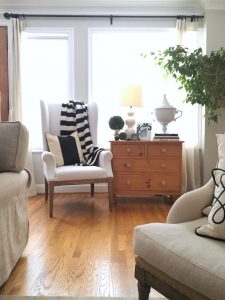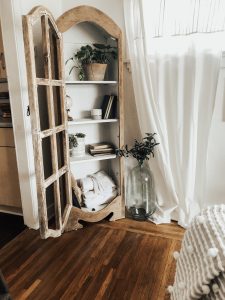Wood furniture can last for years, but it takes a fair amount of care and maintenance if you want it to look brand new year after year. Taking care of any kind of furniture can be tough but is mandatory. Knowing how to take care of wooden furniture is the first step towards it.
Here are a few tips on how to take care of your wooden furniture to make it last longer:
1. Avoid heat and moisture:
Most wood furniture is held together by tight-fitting joints where two sections are stuck together. The joints are solid, yet two things can undo them: warmth and dampness. The former shrinks the wood and thereby loosens the joint.
Moisture, then again, can cause joint disappointment by relaxing the water-based pastes regularly utilized with wood furniture.
Heat additionally quickens oxidation. That is the thing that makes metal rust and furniture completes turn dull and in the long run, begin to break.
While you can’t stop oxidation, you can back it off by removing those collectables from the hot upper room and ensuring furniture isn’t excessively near radiators or warming vents.
2. Keep wood furniture out of daylight
Light — particularly direct daylight, however indoor lighting, as well — as your furnishings completion’s most noticeably awful foe. The bright beams separate the completion. Waxes and cleans do nothing to stop this decay — anything you can see through won’t square light. This is a moderate procedure, however, it merits abating further on the off chance that you have significant pieces that you need to hand down fit as a fiddle.

Here are a few hints:
• Keep the pieces out of direct daylight by keeping wraps shut and fending off the furnishings from windows.
• Turn off lights when you are not utilizing the room.
• Keep pieces secured when you can — use tablecloths and toss a sheet over the furnishings when you take some time off.
3. Try not to cover with plastic

Never spread your tables with plastic cushions for extensive stretches. The plastic may adhere to the finishing and ruin the texture of the furniture..
4. Watch for humidity
Cold air can’t hold moisture as warm air can, so chilly winter air is normally dry. Your warming framework warms dry air, expanding the air’s capacity to suck up dampness. Except if you give another source as a humidifier, the dampness will originate from your skin, your nasal sections, and your furnishings.
This makes your nose become aggravated, your skin to tingle, and your wood furniture to contract slackening its joinery and at times making a wood split.
Sweltering summer air can hold heaps of moisture, and except if you live in a very arid region, your wooden furniture will assimilate dampness from the air, making it extend. This is the reason drawers stick and table leaves twist. In summers, utilize a climate control system, which will cool the air and make it surrender its dampness before it’s consumed by your furnishings.
5. Stop with the guesswork
If you own collectable antique furniture articles and want to preserve them, invest in an inexpensive hygrometer.
Use it, along with humidifiers or dehumidifiers, to keep the relative humidity in your home between 40 and 60 per cent.
6. Keep it level
In the event that your floor is uneven or out of level, it could be putting undue strain on your furnishings’ joinery, transferring it to an early downfall. This is particularly valid for furniture that conveys a substantial burden, for example, bookshelves and china cupboards.

In the event that you can shake the piece, that is terrible news. Something else, utilize a soul level to ensure the piece isn’t tilted. In the event that it is, a shim under one side or under a couple of legs should level it out and set the heap back where it has a place.
Start today to make it last for tomorrow. Happy caring!




